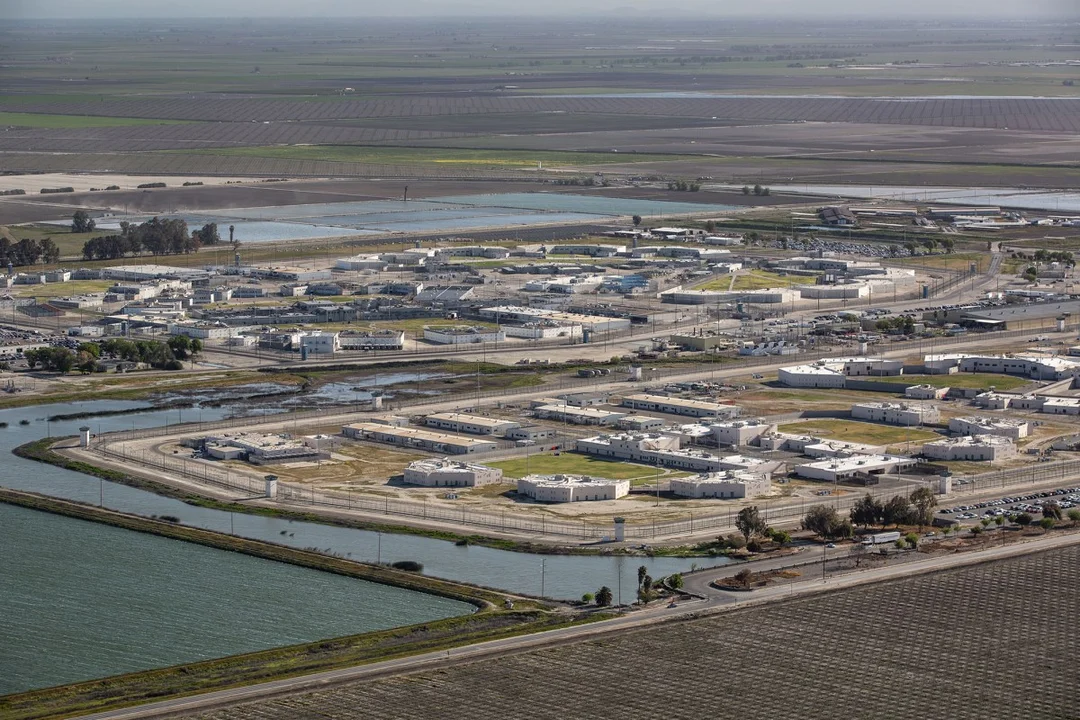
Could California’s Prisons Survive the Next Big Natural Disaster?
In a state prone to earthquakes, wildfires, and floods, a recent audit has exposed a critical vulnerability: California's prison system is woefully unprepared for major emergencies. As climate change intensifies these threats, the potential risks to thousands of incarcerated individuals and staff raise urgent questions about public safety and accountability. This eye-opening report not only highlights ongoing deficiencies but also challenges authorities to act before disaster strikes.
Last year, in 2023, heavy rains and snowmelt nearly flooded two prisons in California's San Joaquin Valley, including California State Prison, Corcoran and the Substance Abuse Treatment Facility. While the floods were averted, the incident revealed glaring gaps in emergency planning. A comprehensive audit by the Office of Inspector General, released last week, reviewed emergency plans for 30 state prisons and found that most lack robust strategies for external evacuations. "The department is unable to evacuate the incarcerated population and staff at most prisons within the first critical 72 hours of an emergency," the report stated, warning that this could lead to loss of life during wildfires, floods, or earthquakes.
Key issues include severe overcrowding—California's prison system is operating at 120% capacity, housing about 16,000 more people than designed—and inadequate transportation. The audit noted that prison buses, some with over 500,000 miles, could take days to mobilize, leaving wheelchair-bound individuals particularly at risk. This isn't just a logistical problem; it's a human rights concern. Carlee Purdum, an assistant professor at the University of Houston, called the report a "first step" toward better resources, emphasizing that prisons have been marginalized in disaster planning. "We've not engaged in these discussions or allocated state-level resources," she said.

Advocates like James King from the Ella Baker Center for Human Rights have long warned about these risks, pointing to aging infrastructure and overcrowding as factors that could turn disasters into catastrophes. "People inside have a fear that the actual plan is to abandon them," King noted, stressing the broader community impact. Meanwhile, officials from the California Department of Corrections and Rehabilitation defended their approach, claiming reliance on federal and state partners. However, during a legislative hearing, Senator Laura Richardson sharply criticized the system, giving it an "F" for its lack of preparedness. In contrast, Senator Kelly Seyarto downplayed the urgency, a stance that underscores the debate over how seriously these threats are being taken.
This audit arrives amid discussions of reviving Alcatraz as a prison, as pushed by former President Donald Trump, further amplifying concerns about the state's correctional infrastructure. Experts like Dax Proctor from Californians United for a Responsible Budget argue that reducing prison populations is the most straightforward solution to mitigate these vulnerabilities.
Ultimately, this report serves as a wake-up call. California's prisons must address these gaps to prevent potential tragedies, especially as natural disasters become more frequent. Will policymakers prioritize reforms, or will history repeat itself? The stakes are too high to ignore.
As we reflect on these findings, we invite readers to share their thoughts: How should California balance public safety with emergency preparedness in its correctional system? Leave a comment below, share this article, and join the conversation on protecting vulnerable populations from climate-fueled threats.